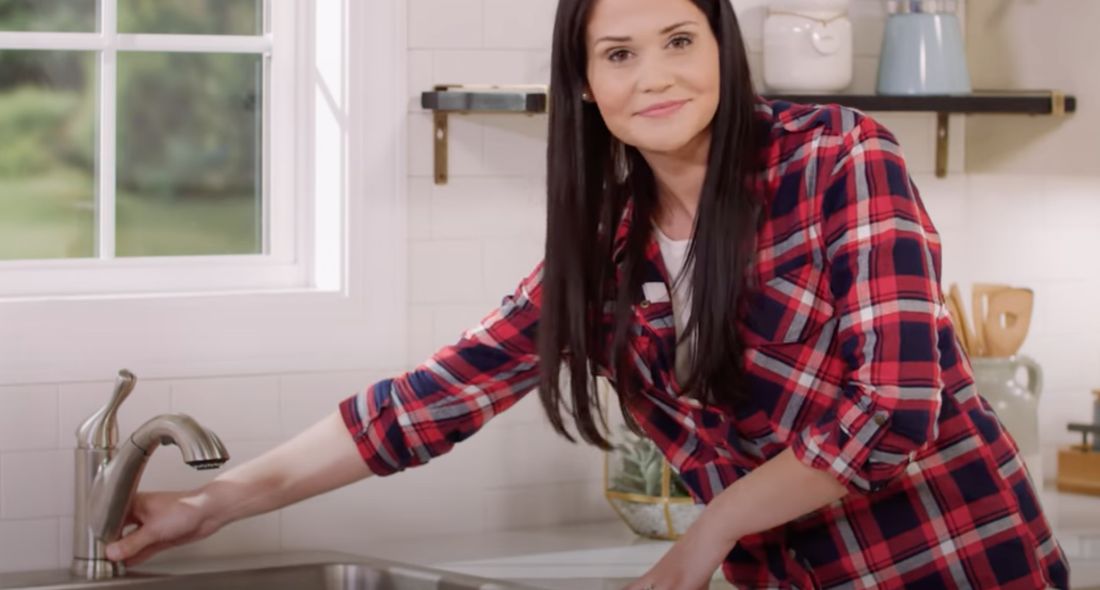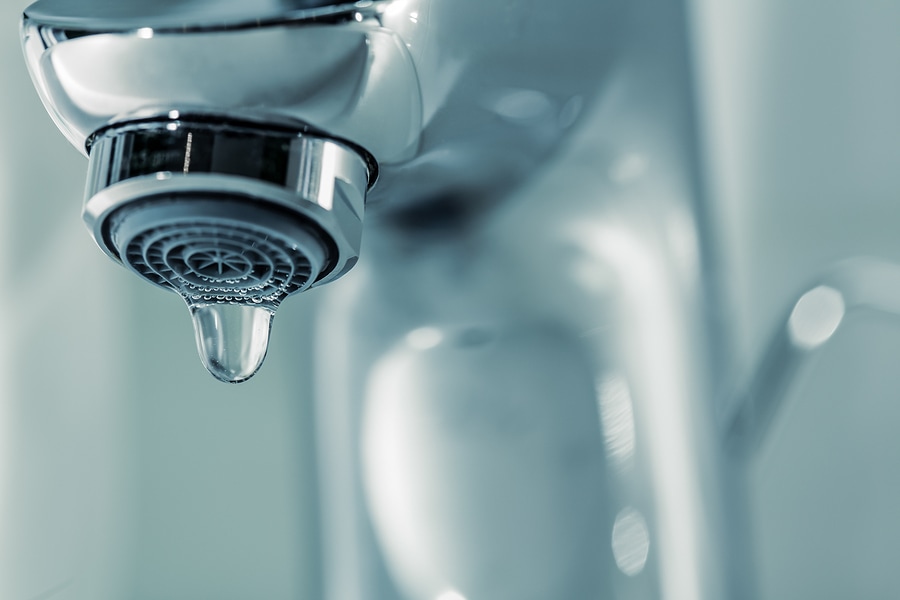We have unearthed this post relating to Why Is It Important To Fix Your Leaking Tap/Faucet? listed below on the internet and reckoned it made good sense to discuss it with you over here.

Trickling taps may appear like a small hassle, however their impact goes beyond simply the aggravation of the sound. From drainage to incurring unnecessary economic expenses and health and wellness risks, disregarding a dripping tap can cause different consequences. In this post, we'll delve into why it's vital to address this usual home concern quickly and properly.
Waste of Water
Environmental Influence
Dripping taps add considerably to water wastefulness. According to the Environmental Protection Agency (EPA), a single faucet leaking at one drip per secondly can throw away more than 3,000 gallons of water annually. This not just pressures water sources yet additionally affects environments and wild animals depending on them.
Step-by-Step Overview to Taking Care Of a Dripping Tap
Devices Needed
Prior to attempting to repair a leaking tap, collect the essential devices, including an adjustable wrench, screwdrivers, substitute parts (such as washing machines or cartridges), and plumber's tape.
Typical Tap Issues and Their Solutions
Recognize the sort of tap and the particular issue creating the drip. Usual issues include damaged washers, corroded shutoff seats, or malfunctioning O-rings. Refer to manufacturer guidelines or on the internet tutorials for detailed guidance on repairs.
Financial Prices
Enhanced Water Costs
Beyond the ecological impact, leaking taps can pump up water costs substantially. The gathered wastefulness with time converts into greater energy expenses, which might have been stayed clear of with timely fixings.
Potential Property Damage
Additionally, extended trickling can bring about harm to components and surface areas bordering the tap. Water buildup can create discoloration, corrosion, and even structural issues if left unattended, resulting in added fixing prices.
Health and wellness Worries
Mold and Mildew Development
The constant presence of moisture from a trickling faucet creates an ideal environment for mold and mildew and mildew growth. These fungis not just jeopardize interior air high quality but likewise pose wellness threats, especially for people with respiratory problems or allergic reactions.
Waterborne Illness
Stationary water in dripping taps can become a breeding place for microorganisms and other pathogens, boosting the threat of waterborne diseases. Contaminants such as Legionella bacteria flourish in stationary water, possibly bring about serious diseases when consumed or breathed in.
Do it yourself vs. Specialist Fixing
Advantages and disadvantages of DIY Repair Work
While some may try to take care of a leaking faucet themselves, DIY repairs feature their very own set of difficulties. Without appropriate knowledge and devices, do it yourself attempts can exacerbate the concern or bring about insufficient repair work, lengthening the issue.
Benefits of Working With a Professional Plumber
Working with a professional plumber makes certain that the underlying root cause of the trickling tap is resolved successfully. Plumbings have the experience and devices to detect and repair tap problems effectively, conserving time and decreasing the danger of more damage.
Ecological Responsibility
Specific Contribution to Conservation
Taking duty for fixing leaking taps straightens with broader efforts towards water conservation and ecological sustainability. Every person's activities collectively make a significant influence on maintaining precious sources.
Sustainable Living Practices
By prioritizing punctual repairs and embracing water-saving habits, people add to sustainable living techniques that profit both present and future generations.
Preventive Measures
Normal Upkeep Tips
To prevent leaking faucets, do routine upkeep such as cleansing aerators, examining for leakages, and changing worn-out parts immediately. In addition, consider setting up water-saving devices or upgrading to more efficient components.
Relevance of Prompt Repairs
Attending to dripping taps as quickly as they're observed prevents more water waste and possible damage, eventually conserving both water and cash in the future.
Impact on Home Worth
Assumption of Well-Maintained Property
Maintaining a home in good condition, including attending to maintenance concerns like trickling taps, improves its perceived worth and worth amongst prospective buyers or renters.
Influence on Resale Worth
Features with well-kept plumbing fixtures, consisting of faucets, command higher resale values in the property market. Dealing with dripping taps can contribute to a favorable impression during residential or commercial property examinations and negotiations.
Verdict
Addressing a leaking faucet exceeds plain convenience; it's a vital action towards conserving water, lowering financial costs, and protecting health and wellness and building. Whether through DIY repair work or expert assistance, taking action to fix dripping taps is a tiny yet impactful means to advertise accountable stewardship of resources and contribute to a much healthier, extra lasting future.
How to Fix a Leaky Faucet: Step-by-Step Repair Guide
A leaky faucet may seem like a simple annoyance, but if it's not fixed promptly, that leak could cost hundreds to potentially thousands. From water damage to mold, mildew, and high water bills, even a tiny leak can be catastrophic if left unattended. Damage like this can even affect the overall value of your home, so it's important to take the right approach for leaky faucet repair. You may need the help of a plumber in some cases, but we've got a few tips you can try on how to fix a leaky faucet before calling the pros.
Four Faucet Types
When you're learning how to fix a leaky faucet, the first step is knowing what kind of faucet you're working with! There are four common types.
Cartridge Faucets
Cartridge faucets come in one- or two-handled varieties. In one-handled cartridge faucets, hot and cold water combines in a single cartridge. In the two-handled versions, hot and cold water are controlled separately and mixed in the faucet.
Ball Faucets
Ball faucets have a single lever you push up and down to adjust the pressure and rotate to change the temperature. A slotted metal ball controls the amount of water allowed into the spout.
Compression Washer Faucets
They're the oldest type of faucet, but they're still used in many homes — especially older ones. Compression faucets have two separate handles that, when turned, raise or lower the washer that seals a water valve. This valve stops water from flowing through the faucet when it is turned off.
Disc Faucets
Disc faucets rarely need to be repaired due to their maintenance-free design. The water flow is controlled by two discs — the upper one raises and lowers against a fixed lower disc, creating a watertight seal. If your disc faucet starts leaking, you may need to replace the seals or clean residue buildup from the inlets.
Fixing a Leaky Faucet
Step 1: Turn Off the Water
Whether you're learning how to fix a leaky bathtub faucet or how to fix a leaky kitchen faucet, always turn off the water supply to your working area when you're fixing a leak. The last thing you want is a flood added to your list of things to fix.
Look for the shutoff valves below your sink or around the tub and turn them clockwise to stop the water flow. If your faucet doesn't have shutoff valves, you may need to turn off the water for the whole house. Check to make sure it's off by turning the faucet on. If nothing comes out, you're ready to start the repair.
Step 2: Take Apart the Faucet
How you disassemble your faucet depends on the type of fixture you have. You can use a flathead screwdriver to remove the caps on top of the handle or handles for cartridge and compression faucets. Inside, you should see handle screws. Unscrew these with a screwdriver to remove the handle.
Disc- and ball-style faucets will typically have an inlet screw near the handle, and removing that will reveal the interior of the faucet.
Detach the Valve Stem
For cartridge- and compression-style faucets, you'll see the inner valve stem or cartridge once you remove the faucet handles. If you have a compression faucet, unscrew the brass valve stem. If you have a cartridge faucet, pull out the cartridge. If your cartridge has been in place for a while, it may require some tools or extra force to remove it due to mineral deposits.
Examine and Replace Parts
Once you've removed the parts, check them out to confirm what needs to be replaced. You may see corroded rubber washers, O-rings, stems, or cartridges. On a ball-style faucet, check the seats and springs for damage.
If you need to repair a leaky disc faucet, check the inlet and seals on the lower disc.
Once you determine what parts must be replaced, visit your local hardware store. Bring the damaged parts with you to ensure you can purchase the correct components to replace them.
Clean Valves and Faucet Cavity
If you've removed a stem or cartridge, you may notice mineral buildup in the faucet's threads. Use white vinegar to clean the valve seat by soaking it for a few minutes, then scrub it away with a soft toothbrush and rinse with warm water. You can also clean the interior of the faucet in the same way.
Reassemble the Faucet
Once your faucet is cleaned and the required parts have been replaced, it's time to reassemble it. Put the pieces back together and slowly turn the water supply back on. Doing this slowly is crucial because too much initial water pressure can damage the new hardware you've just installed.
https://homewarranty.firstam.com/blog/how-to-fix-leaky-faucet

Hopefully you enjoyed reading our excerpt on Should I Repair or Replace a Leaky Faucet?. Thank you for taking a few minutes to browse our post. Liked our piece of writing? Please quickly share it. Help other people locate it. Many thanks for your time spent reading it.
Comments on “Uncovering the Importance of Fixing a Leaking Faucet”